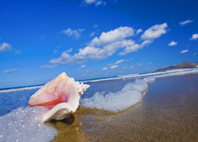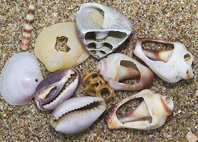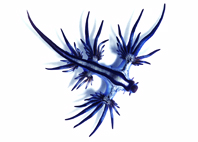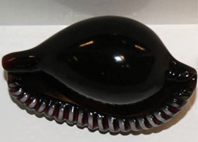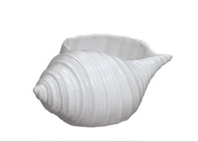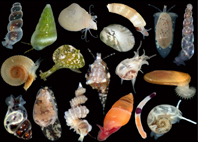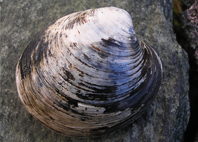Katie’s Shell Analogies
Katie is Gracie’s youngest, a fifteen year old obsessed with collecting shells and turning them into works of art. Below are the shell analogies appearing at the beginning of all of her Chapters (again, you’ll have to read the book to find out the meaning).
From Chapter 4
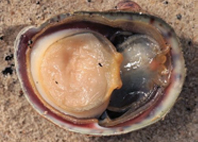
Mollusks are way smarter than humans. Think about it. They wear their skeletons on the outside while we expose our underbellies to every hurled taunt, insult and fist.
I have collected shells for as long as I can remember but it wasn’t until the spring of 2012 that I truly wished I’d been born a mollusk.
When you cup a shell to your ear, you’ll hear the roar of the ocean.
Wrong!
What you’re really hearing is ambient noise resonating inside its spiral chambers. The louder the environment, the more deafening the roar.
Today the ocean is tumultuous.
I mostly search for perfect seashells, those with smooth flawless whorls and finely sculptured spirals.
The thing is, an imperfect shell reveals its true beauty. When you can see the magic inside the winding core of a Titan’s Trumpet, you won’t care if it’s broken.
I believe in miracles whenever I look at shells, perfect or imperfect.
Like Mom always says, ‘Katie, anything is possible.’
The Glaucus Atlanticus sea slug is an exotic creature measuring just over one inch. It’s the most beautiful cobalt blue with silver markings, one slicing all the way down its narrow back like a gleaming dagger. The weird thing about these gastropods is the way its three sets of tentacles fan out on the side of its body like jazz hands.
It’s known by a lot of names, Blue Dragon being one of them, but my personal favorite is the Blue Ocean Slug.
They are aggressive predators, storing lethal poison in the tips of their tentacles. And, get this, they use surface tension and a sac of gas in their bellies so they can float. Eww!
Whenever I think of my sister’s husband, I visualize the Blue Ocean Slug, attractive, toxic and full of hot air.
The Sphaerocypraea Incomparabilis is a dark shiny shell that looks like a weird shaped egg. It’s so rare there are only half a dozen in the whole wide world.
Turns out Soviet scientists found it first and Russian collectors hid it away until 1990, seven years before I was even born.
Here’s the kicker, the shell was home to a mollusk believed to have been extinct for twenty million years! That’s like, forever!
Like Mom always says, ‘Katie, anything is possible.’
Imagine the sound a conch makes when it’s played in the shadowy stillness of a summer night. Thick, caramel tones, so smooth you want to wrap yourself inside them like a silky cocoon.
That’s how I feel when I hear my sister sing.
Even though the smallest micro mollusk is less than one millimeter, their shells are every bit as beautiful and intricate as regular sized shells.
The sad thing is, most conchologists ignore them because a microscope is needed to appreciate their beauty.
Dealing with Marni Dolton these past few months has sometimes made me feel like the teensiest micro mollusk on the planet.
Imagine Venus, the goddess of love, emerging from the sea upon a giant clamshell, pushed to the shore by Zephyr Wind Gods, her naked beauty showered with hundreds of pink roses.
So romantic!
Botticelli’s, The Birth Of Venus, is my favorite painting. And why wouldn’t it be?
I mean, what an entrance!
On Christmas day, 2012, it seems I wasn’t the only one thinking about love, clamshells and pink roses.
Did you know the oldest animal known to man lived for five hundred and seven years? I’ll give you one guess what it was?
A clam!
It would have lived even longer except some doofus scientist accidently killed it in 2006.
They named him Ming, the clam, not the scientist, on account he was born during the Ming Dynasty.
Ming was an ocean quahog found on a seabed in Iceland. After counting the growth rings inside his hinged ligaments, they calculated his age at just over four hundred years. The thing is, the rings were so close together they couldn’t be a hundred percent sure. Years later, they figured out they needed to count the rings on the outside of his shell, all five hundred and seven of them! If they’d done that in the first place, poor old Ming would probably still be alive.
Today is my sweet sixteen. I only have four hundred and ninety one years to go to beat Ming.
Not possible?
Mom always said, ‘Katie, anything is possible.’

